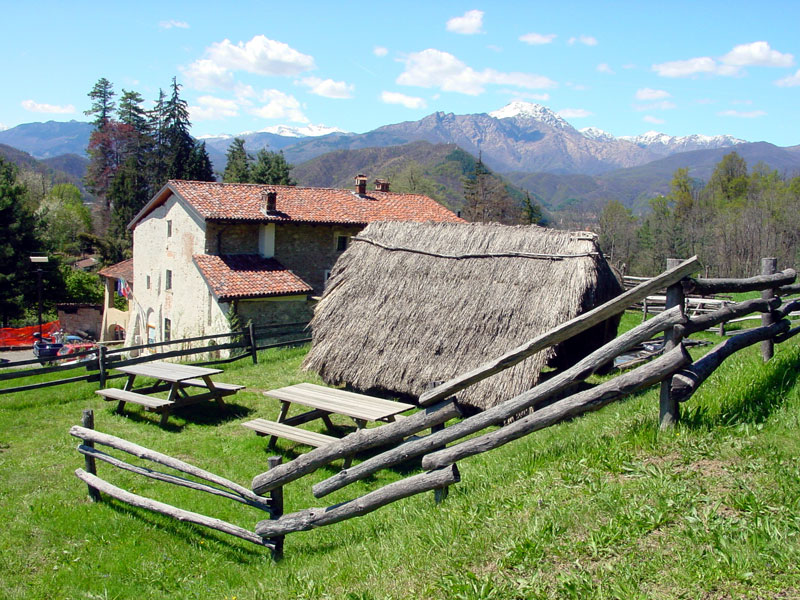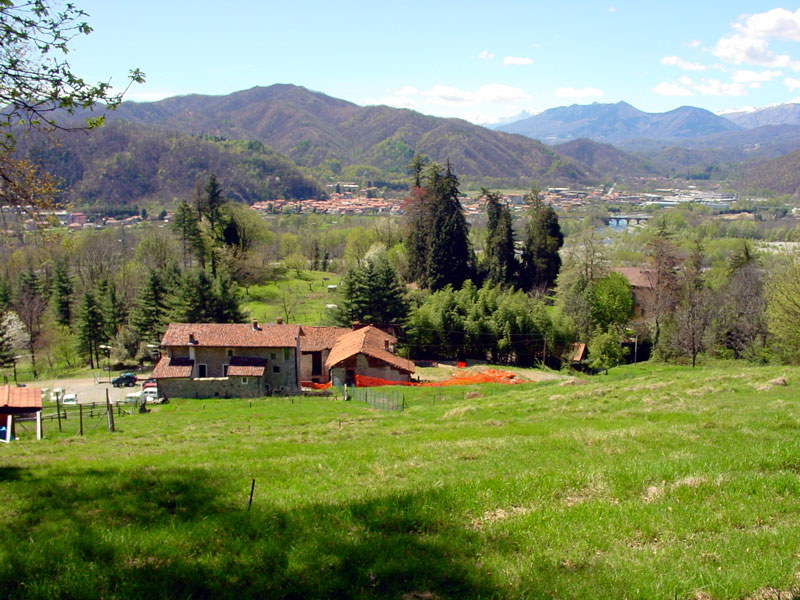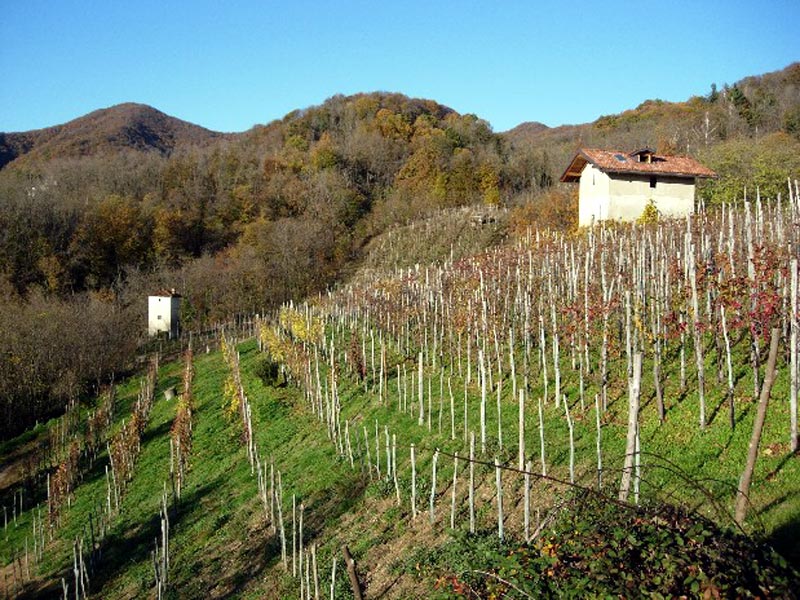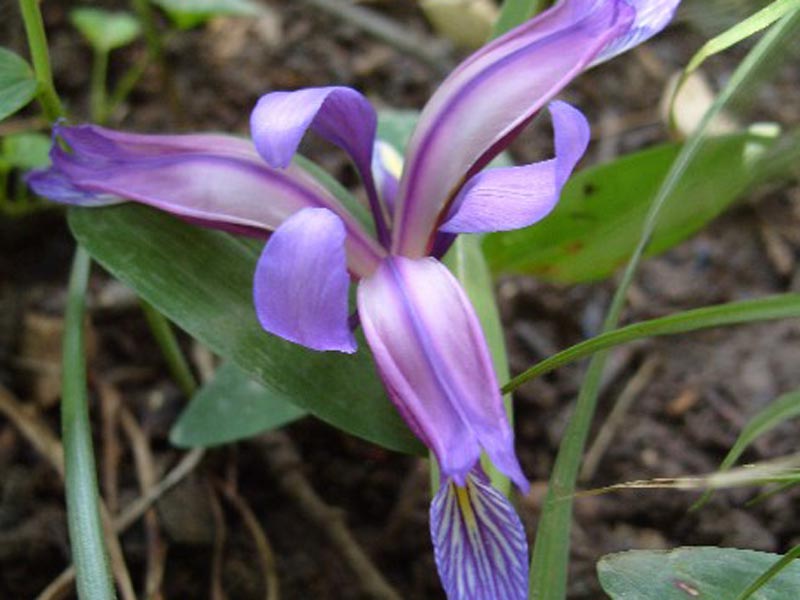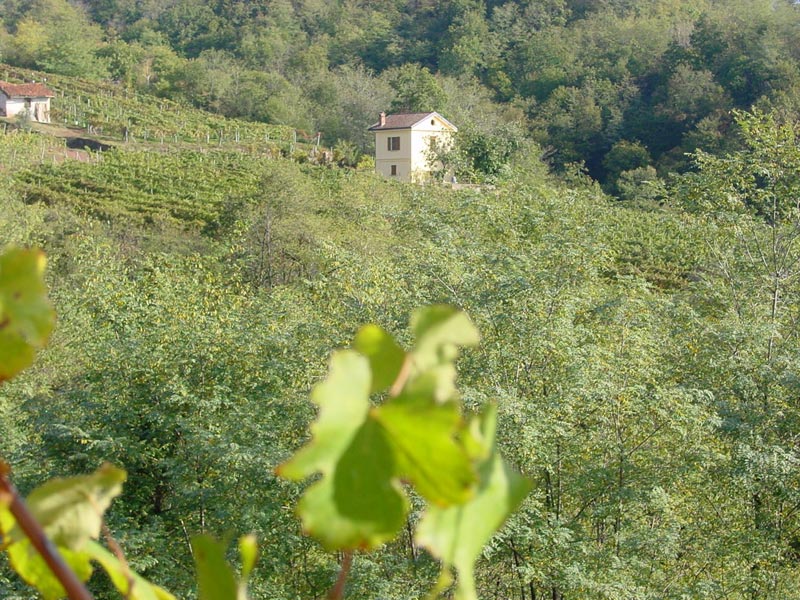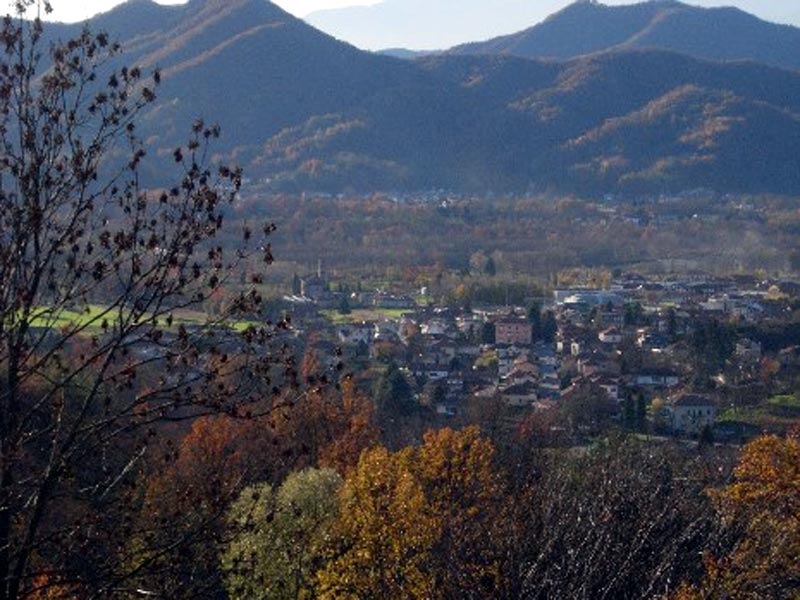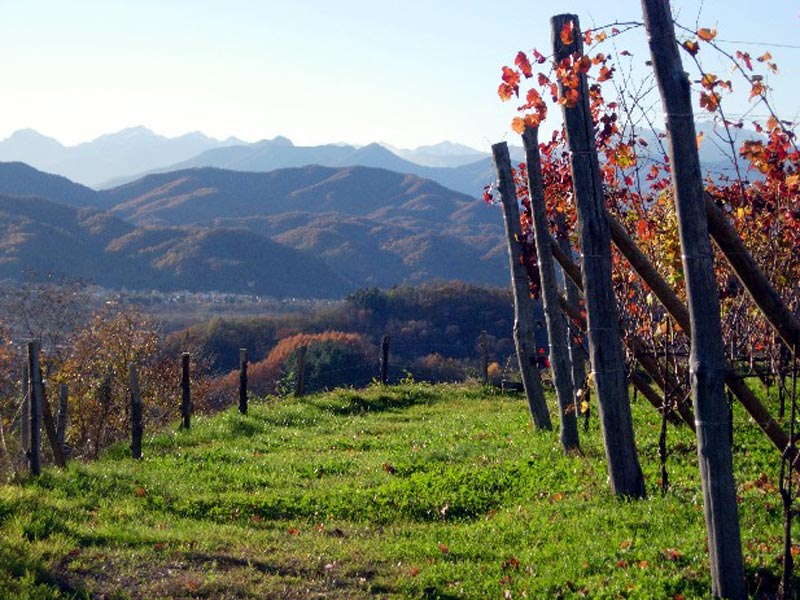Protected Area
Identity Card
- Land Surface Area: 3'378.00 ha
- Regions: Piemonte
- Provinces: Novara, Vercelli
- Municipalities: Boca, Borgosesia, Cavallirio, Grignasco, Prato Sesia, Valduggia
- Establishment Measures: LR 22 30/03/1987
- PA Official List: EUAP0209
- Park Authority: Ente di gestione delle Aree Protette della Valle Sesia
Nature
In the calcareous-dolomitic banks, karstic phenomena have led to the
formation of several cavities. In some of them, prehistoric wildlife
finds like those of the cave bear have been discovered. Moreover,
further important ethnological discoveries dating back to different
eras - from the Paleolithic period to the Roman Age - have been made.
There are approximately 30 botanic species growing exclusively in the Mountain: Daphne alpina, which is a glacial relict, and 16 fern species, among which the Maidenhair Fern, Osmunda regalis, and the Hartstongue Fern; wide meadows of Butcher's Broom cover the southern and western underwood of Mt. Fenera.
In 1994, the first Black Stork Italian nesting took place: since 1996
the Park has been the center dealing with the collection of data about
this forest bird.
Fauna
Though most of the Park is covered by woodlands, the wildlife features
belong to different habitats because of the presence of vertical
dolomite walls, cultivated areas, and moorland areas with trees, the
latter developing at the edges of the Park.
Within the Park you can
distinguish two kinds of arboreal formations: one characterized by the
presence of imposing and senescent plants, the other by plants with a
relatively small diameter.
The former is characterized by former
chestnut tree woods and by a typical fauna indicating the ancientness
of the woodland: among the birds, the Lesser Spotted Woodpecker, the
Eurasian Nuthatch, and the Short-toed Treecreeper; among the mammals,
the Wild Boar and the Roe Deer.
The latter is characterized by
different species like the Wren, the Blackcap, and the Shrew mouse
usually living in shrubby formations.
Among the different
environments many peculiar habitats can be found, especially calcareous
rocky walls housing animals, above all birds, which seldom can be found
elsewhere in Valsesia: the Peregrine, the Crag Martin, and the Eurasian
Nuthatch.
The cultivated areas consisting of meadows, vegetable
gardens, orchards, and vineyards are extremely important for the
diversification of the animal species living in the transition areas
(ecotones). We can find for instance the Wryneck, the Green Woodpecker,
and the Hawfinch among the birds, the Roe Deer and the Hare among the
mammals, which use the cultivated areas to graze and the woodland to
rest.
The vineyard houses in particular species exclusively
depending from it, like the Turtle Dove, the Melodious Warbler, and the
Cirl Bunting.
In the moorland, characterized by a thin and scarce vegetation due to
the barren soil and the passage of fire, we can find animals which are
particularly interesting from an ecological and naturalistic point of
view, like the Nightjar and the Honey Buzzard.
The
wider opening and the chance of a better sun exposure, two typical
aspects of this environment, favour the life of reptiles like the Green
Lizard, the Coluber, and the Asp Viper which are the usual preys of the
Short-toad Eagle, a big bird of prey living in the Park together with
the Buzzard and the Black Kite.
In autumn, the Park territory is
characterized by two massive migration routes followed by thousands of
birds flying towards NE - SW in order to spend the winter in the
Mediterranean area. In particular, in October you can see big flocks of
Columbidae, Corvids, Fringillidae, and Turdidae together with birds of
prey like Buzzards and Honey Buzzards.
Flora
The Park territory conformation, degrading from the 899m of the summit
of Mt. Fenera to the 300m above-sea level, the different slope
exposure, and the abundant presence of watercourses, even if with a
mainly torrential regime, characterize the considerable variety of rare
plants and rare arboreal essences.
The 93% of the Park area is
covered by woodlands mainly formed by chestnut trees used for the
production of firewood and poles, where it is possible to find
centuries-old fruit trees.
The chestnut tree grows together with the
ash tree, the common oak, the sessile oak, the Turkey oak, the birch,
the maple, the aspen, the wild cherry, the willow, and the whitebeam;
the locust tree has invaded the southern hills, while the alder and the
black poplar can be found in the wet depressions and along the streams.
On
the cooler northern slopes we can easily find the beech tree, while the
southern rocky walls and calcareous soils are covered with flowering
ash, a typical Mediterranean essence together with the butcher's broom
ant the juniper.
The natural conifers (Scots pines) can be rarely
found, while the artificially planted ones are more widespread for
their rapid growth (like the Eastern white pine). Among the most
widespread shrubs there are the hazelnut tree, the Cornelian cherry
dogwood, the winter beauty, the elder, the hawthorn, the European
barberry, and the privet.
Among the herbaceous plants, in addition to common ones like hellebore,
cyclamen, lungwort, crocus, and dogtooth, we have to mention some rare
species, such as Daphne alpina, Daphne laureola, Daphne mezereum, and Iris graminea,
as well as the wild grapevine, and even very rare ones of high
ornamental value, like the hartstongue fern, the royal fern, and the
maidenhair fern.
In a recent catalogue, over 900 different botanical species have been identified within the Park area.
Historical Aspects
Throughout the centuries, from the Middle Paleolithic up to present
times, Mt. Fenera has been interested by different settlement waves
which left important traces.
From the rough stone tools of the Man
of Neanderthal to, several millennia later, the Neolithic Age ceramics
and to the metal objects; from the Roman period with its bronze and
silver coins and the late Roman era or of the early Middle Ages to the
most ancient signs of the industrialization of the valley with the
remains of a forge for iron working.
Finally, the Middle Ages left
us the best evidences: the ruins of Robiallo Castle, the "castra"
system developing along the commercial roads, and the 14th century
hamlets in the valley bottom. The urban development at higher altitudes
took place later, between the 15th and 16th centuries. Afterwards, the
signs of the human presence became more and more evident: the 16th
century and Baroque itinerary is documented by Grignasco parish church
and St. Anthony Chapel in Casa Negri and develops through the churches
and oratories of the mountain country hamlets, like in Colma and
Maretti and on the summit of Mt. Fenera.
The itinerary of "antonelliana" architecture and of the late
Neoclassical period is documented by Soliva and Castagnola churches, as
well as Boca Sanctuary.
More
recent evidences of the rural and shepherds' life can be found in the
summer mountain pastures (Alpe Fenera, Camini...), in the country
hamlets characterized until 1960 by houses with straw roofs, in the
factories like tanneries and mills situated along the watercourses, and
in the quarries with corves and roads connecting the kilns.
The last
evidences of important historical events are linked with the partisan
war lived with particular intensity by the local people who suffered
the loss of their relatives: for this reason, along the paths of the
Park it is possible to find many memorial stones.



